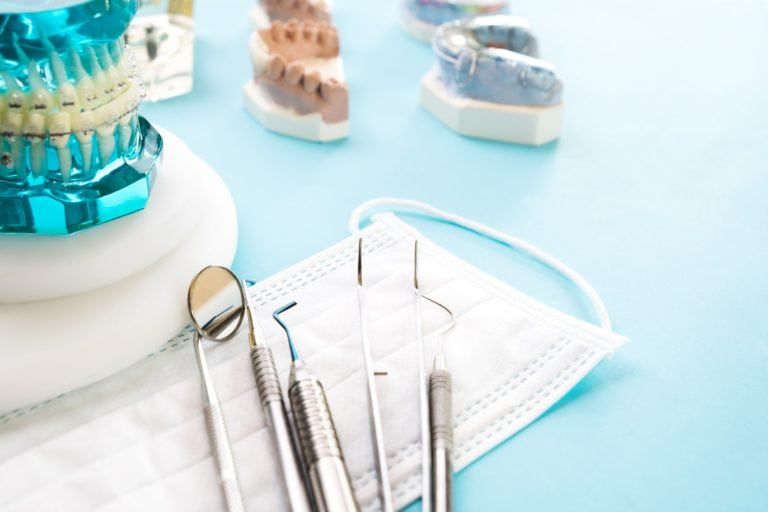Phases of Orthodontics

Orthodontics work wonders for crooked or misaligned teeth and can correct a host of dental irregularities including overbite, under bite, cross bite, and overcrowding. Straightening teeth through the use of orthodontics has many benefits, from an enhanced for of self esteem to enhanced jaw function in relation to biting, chewing, and speaking. Because the nature of orthodontic treatment is so successful and highly predictable, orthodontic treatments most likely will occur in two to three distinct phases.
Generally speaking, orthodontic treatment can last anywhere from six and thirty months, depending on various factors. Namely, these factors are the severity of the irregularity, the type of orthodontic devices being used for treatment, and the diligence of the patient in following the orthodontist’s instructions.
The first phase of orthodontic treatment is the planning phase. During this phase, the orthodontist will perform several types of evaluations to make an accurate diagnosis and plan to realign the teeth in the most effective and timely way. Since dental and physical problems can be related, the medical health of a patient must be evaluated before starting orthodontic treatment to ensure all medical issues are resolved prior to the start of treatment.
The next part of the planning phase is to make a model of the patient’s mouth that the orthodontist can used to closely examine the relationships between the various structures. This is accomplished by taking dental impressions. To acquire dental impressions, patients bite down on a U-shaped metal tray filled with a liquid substance that gradually hardens to a rubber-like substance within a minute. Then, the trays are removed from the mouth, filled with plaster, and used to create a plaster model of the mouth.
Another part of the planning phase is to obtain panoramic x-rays, computer generated images, and photographs. These various images are all used to help the orthodontist locate potential trouble areas, as well as providing “before, during, and after” images to evaluate progress.
The second phase of orthodontic treatment is called the active phase. The active phase refers to the time period where dental appliances are actually being worn or used by the patient. There are a variety of possible dental appliances that can be used. They range from fixed appliances, such as traditional braces, to removable appliances, such as Invisalign or headgear. The most common type of treatment is traditional braces, however. During the active phase, the orthodontist will make several adjustments to whatever appliance is being used to obtain the desired results.
The third and final phase of orthodontic treatment is the retention phase. This phase occurs once the teeth have moved into the desired position and the use of the dental appliance ceases. During the retention phase, patients are expected to wear a retainer for a specific amount of time per day to ensure that the teeth do not shift back to their previous positions. In the retention phase, the teeth are stabilized in their new position by the jawbone growing around them and holding them into place.